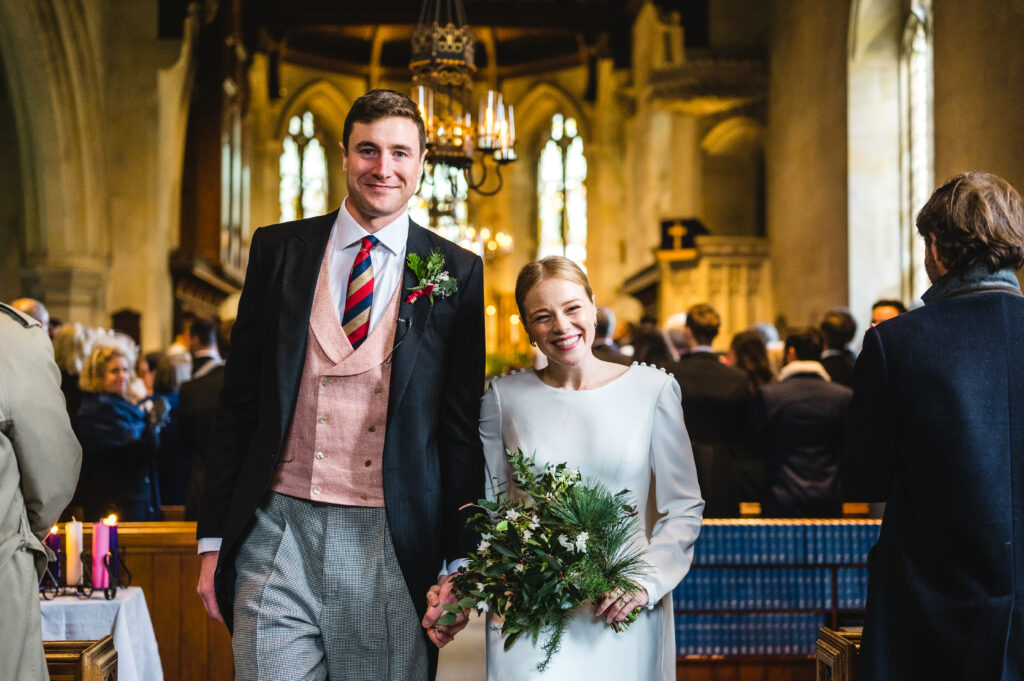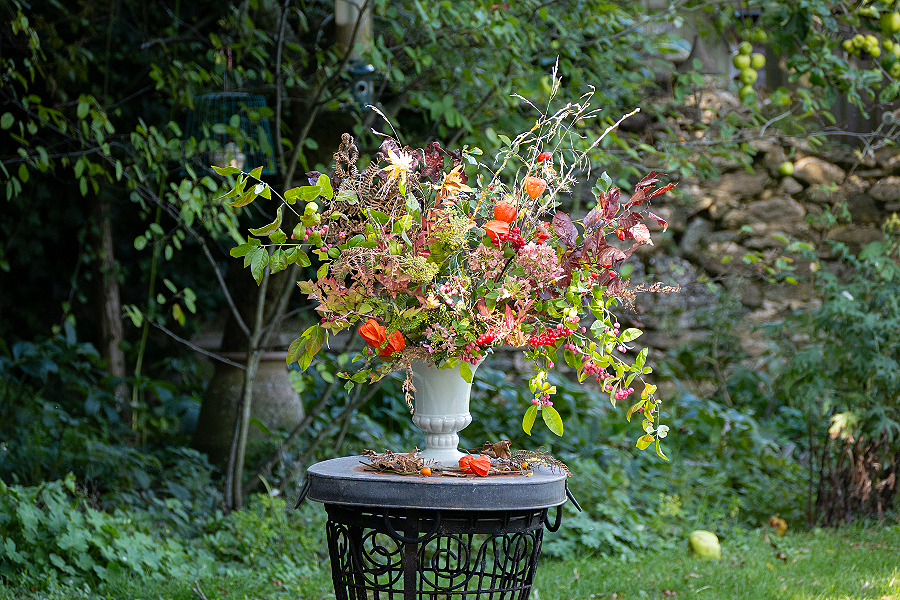Seed saving
September is a great month for saving seed from your own flowers, and so improving your chances of strong, healthy plants for next year. If you need a few pointers to get started, Rainy Williamson of Cherry Tree Flower Farm has them in spades!
Saving your own flower seeds is a hugely rewarding activity. Not only does it save you money, it also helps you to grow flowers that are suited to your particular microclimate. It means you can foster new generations of plants without having to buy everything in (even better if you make your own compost too) and so represents a more sustainable way of growing.
By saving the seeds of your flowers you may protect and preserve certain traits that, due to the demands (or not) of commercial seed sales, would otherwise not be available. Flower fashions or low demand can result in certain seeds being withdrawn from the market or becoming difficult to find.
Whether you grow cut flowers in pots by the back door or over a few acres, the end goal is usually beautiful, healthy flowers that last well in a vase. It’s easy to forget that the main purpose of a flowering plant is to produce seed. The beautiful flower is just part of the process.
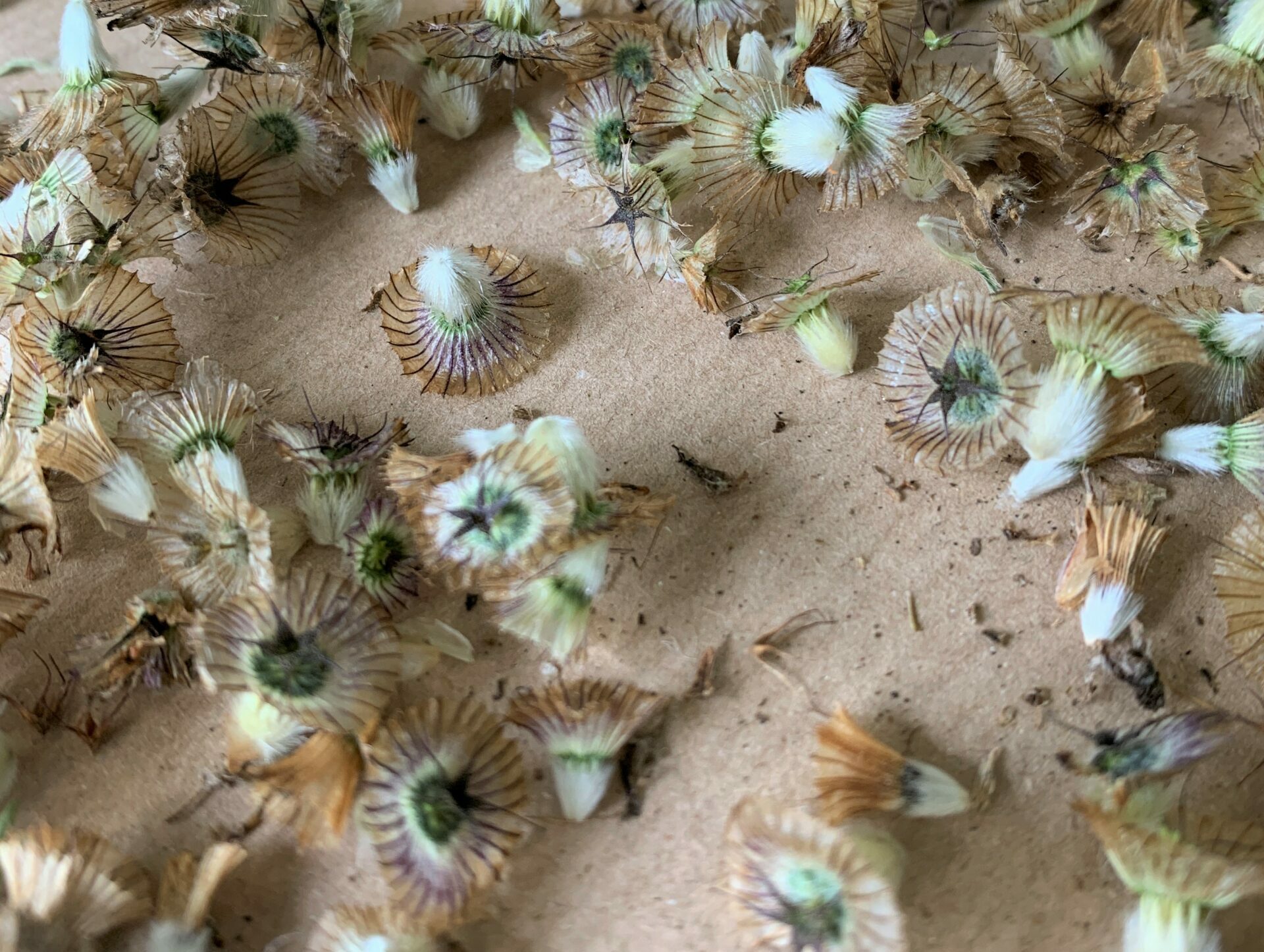
Seeds may generally be the unglamorous stage in a flower’s life cycle, but some – like these from Scabiosa stellata – are things of beauty in their own right.
Seeds may not produce identical plants to their parents – they may be different colours, shorter or taller – but this unknown is part of the magic of seed saving.
If you have a plant you particularly like (I had a lovely lilac cornflower pop up in a bed of blue this year) that also thrives in your conditions, mark it clearly so that you remember to save its seed. Resist cutting all the flowers or you won’t get any seeds!
Observe your plants regularly as their flowering period draws to a close. The time it takes them to produce seed will vary. Seeds must to be ripe in order to be viable, but you need to catch them before pods burst or seeds are shed. A windy day could scatter your seeds before you get to them but cutting seed heads too soon can affect viability, so wait as long as you can to collect them.
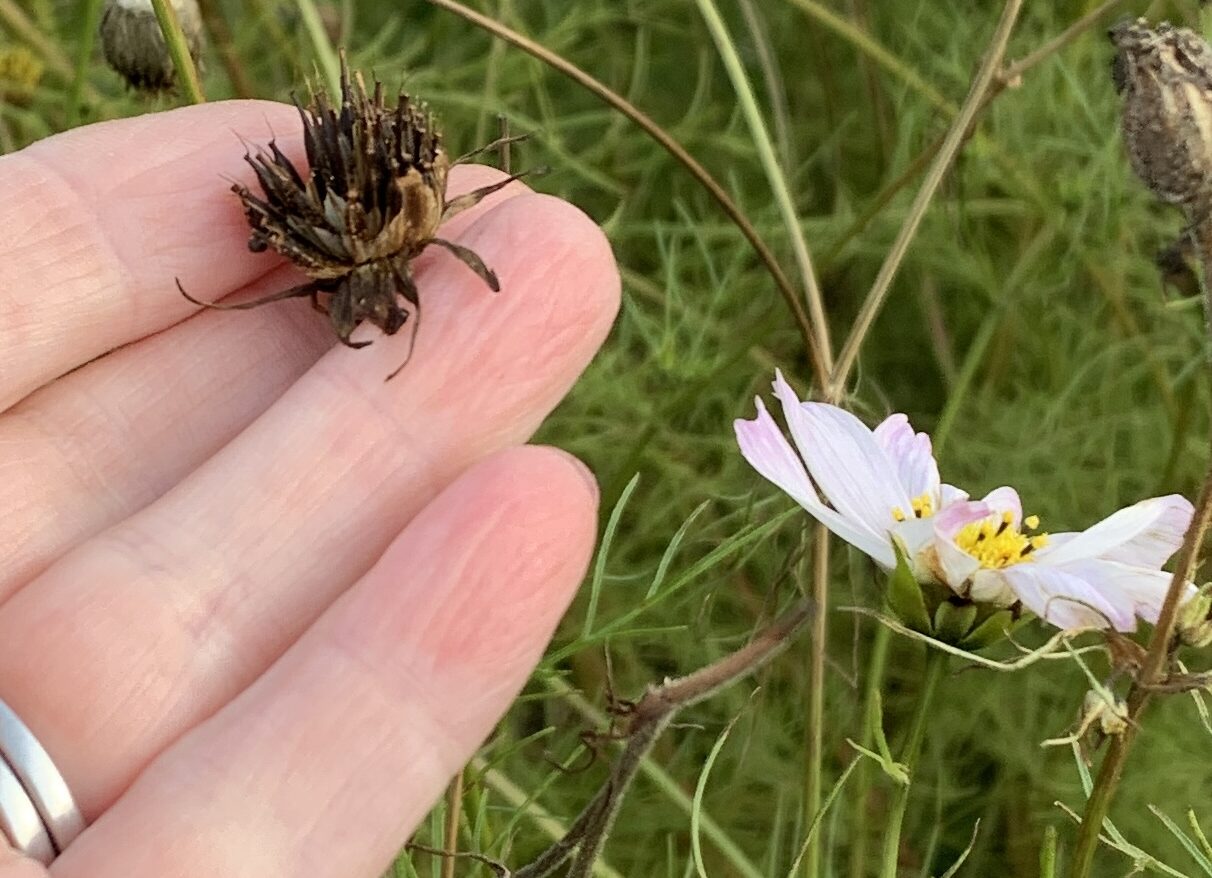
Catching seed at the right time can be tricky, but get it right and one seed head can provide you with a whole crop for next year.
If seed heads are delicate, you can hold a container beneath them as you cut, or cover them with a paper bag and seal the opening to catch your seeds that way.
Collect seeds on a dry day, ideally on a sunny afternoon when any dew has had a chance to evaporate.
Once collected, your seeds need to dry out thoroughly and naturally, in a dry place with good ventilation. I favour wide shallow bowls, but other people store their seeds in nets or paper bags. You will probably also have collected a lot of very small creatures along with your seed harvest, and they need a chance to escape! Leave your seed outside in a shallow container for a few hours for this purpose .
Keep your seeds labelled at all times. It’s so easy to forget or mix them up when you’re busy. Paper bags are ideal for seed collecting as you can write directly onto the bag.
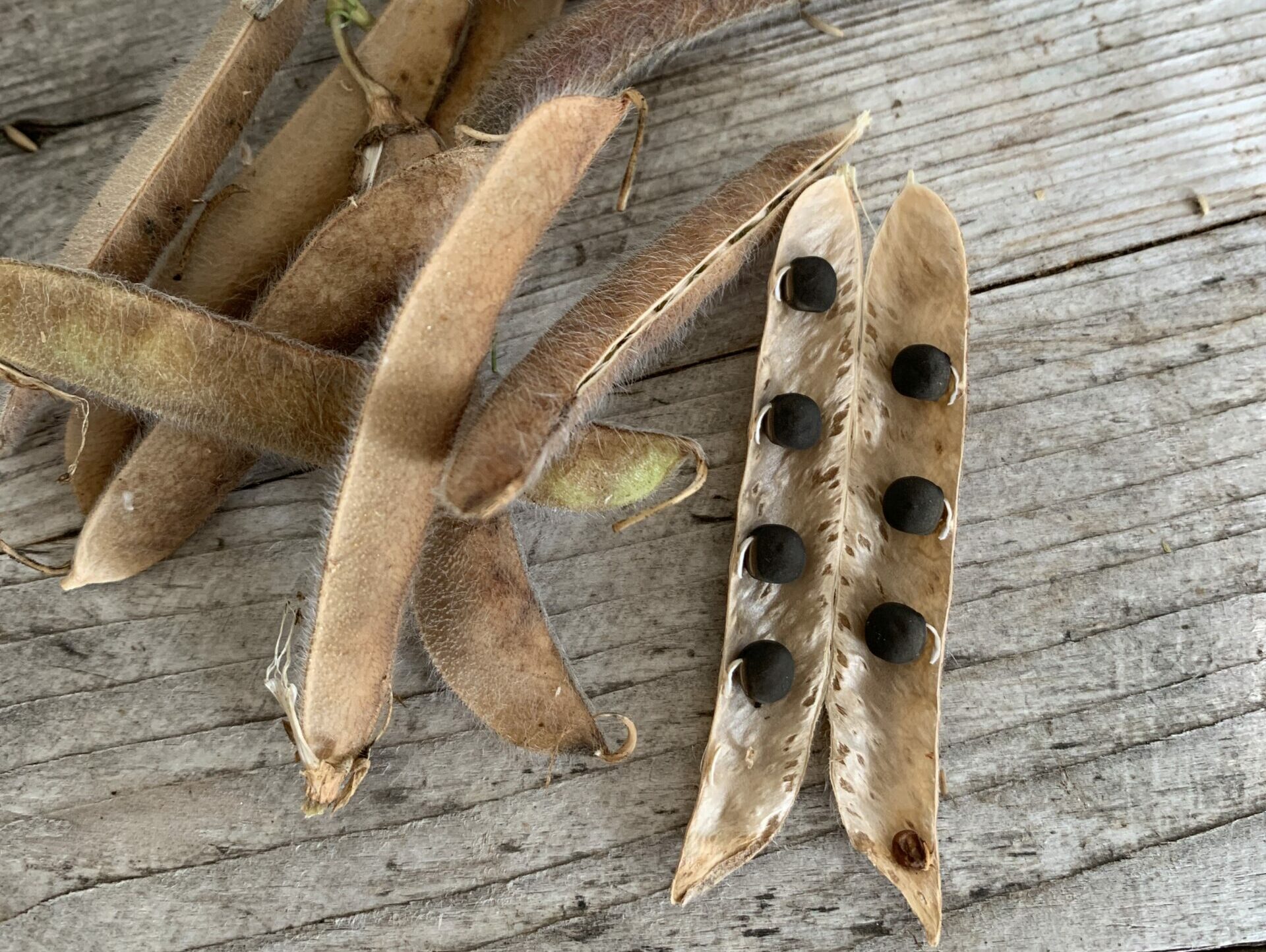
Sweet peas are a good choice for seed saving – bought seed is comparatively expensive.
As well as the name of the plant, write the date of harvest and any other details that may be useful later, such as colour, the original source of the parent plant, etc.
Check your seeds regularly and give a little stir. This will aid ventilation and will also allow you to spot any rotten or mouldy seed that could go on to spoil your whole crop.
Once the seeds are dry, store in labelled paper bags or envelopes. (Glassine envelopes are inexpensive and ideal for tiny little seeds such as snapdragons.) These will then need to be kept safe until it’s time to sow, somewhere dry, cool and protected from any mice, squirrels etc who would delight at the banquet provided. I keep my seeds in an old briefcase in the house and have used recycled metal chocolates tins in the past. Avoid tupperware or similar airtight containers as there is a risk of sweating if your seeds aren’t totally dry. This is a particular risk where the tubs are exposed to direct sunlight.
So why not make yourself a drink and have a wander around the garden? Take note of what is starting to set seed and what you might like to sow yourself next year. Simply collect a few paper bags together and start seed saving!
Read more blogs here.
